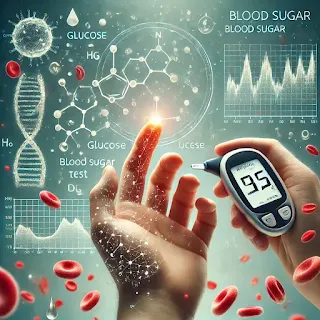Blood sugar 126 or higher = Diabetes onset? 4 ways to prevent it before it happens
How I Learned the Hard Way About Obesity and Blood Sugar – Like a Doctor
I used to think gaining a little weight was just about tight jeans and some teasing from friends. I had no idea what was going on inside my body—until I got a blood test out of curiosity. My fasting glucose? 108 mg/dL. Not diabetic yet, but definitely in the "prediabetes" zone.
Then I Learned About Insulin Resistance
Doctors often talk about insulin resistance. It's when your body still makes insulin, but your cells stop listening to it. Imagine a loud alarm you hear every day—you eventually ignore it. That’s what my fat cells were doing: resisting insulin. And as a result, sugar was floating in my blood like traffic jammed cars during rush hour.
Here’s What Happens in Your Body (Simplified)
| Step | What Happens | Effect |
|---|---|---|
| 1 | Too much fat, especially belly fat | Inflammation in the body |
| 2 | Inflammation blocks insulin signaling | Cells stop absorbing sugar |
| 3 | Blood sugar remains high | Body overworks the pancreas |
| 4 | Pancreas gets tired over time | Type 2 diabetes begins |
What I Noticed After Losing Just 3kg
Risk Level by BMI
| BMI Range | Risk Level | Estimated Fasting Glucose |
|---|---|---|
| 18.5–22.9 (Normal) | Low | 80–90 mg/dL |
| 23.0–24.9 (Overweight) | Medium | 90–99 mg/dL |
| 25.0+ (Obese) | High | 100+ mg/dL |
Key Takeaways (From My Mistakes)
- Not all fat is equal – visceral fat is more dangerous than subcutaneous.
- Weight gain = more insulin needed → higher resistance → higher blood sugar.
- You don’t need to be diabetic to be at risk.
- Small habits (walking, less sugar, early dinner) change blood sugar more than you think.
Doctor-like lesson: "Obesity leads to insulin resistance, and that resistance slowly burns out your pancreas. Don't wait for the lab results to wake you up."
Take care of your body before it starts shouting back. ✋



